Tired of one-hit product wonders? Want customers who love your brand? Effective marketing balances short and long-term goals.
Product marketing drives new sales through targeted promotions. Brand marketing builds emotional connections, fueling lifelong loyalty.
This blog untangles these crucial disciplines to help you succeed. Discover how each attracts and engages audiences differently at each stage.
Learn to boost product launches while cultivating an admired reputation through consistent experiences.
Most importantly, see how aligning product and brand strategies creates a seamless journey from awareness to advocacy.
So let us unlock powerful insights to maximize both - and your business' potential. And start with understanding product marketing.
Understanding Product Marketing
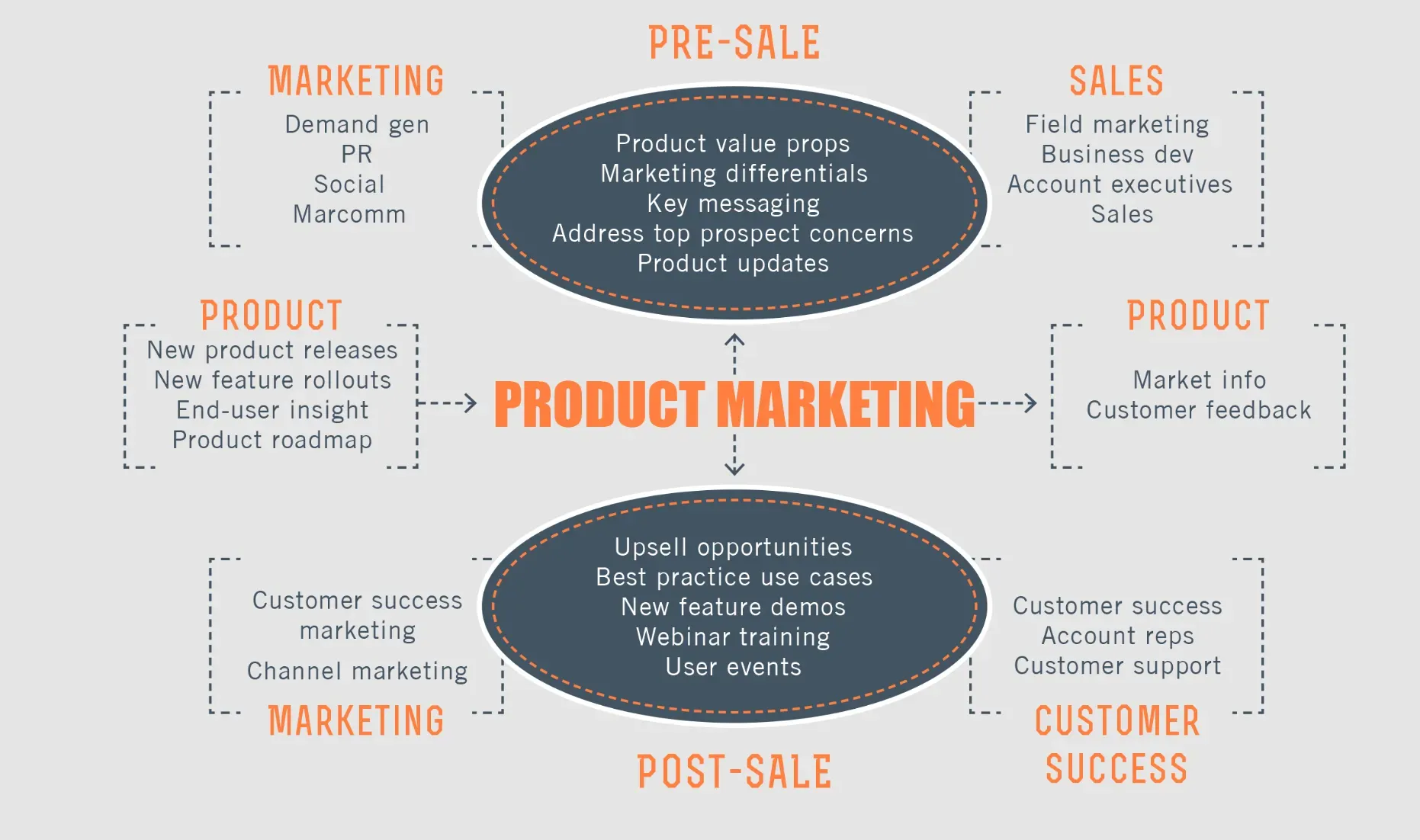
Product marketing aims to advertise and sell a particular product or service.
It involves understanding the target market, analyzing customer needs and preferences, and positioning the product to meet those requirements.
Product marketing is crucial in driving demand, increasing sales, and ensuring that the product meets or exceeds customer expectations.
Types of Product Marketing
Product marketing can take various forms, depending on the nature of the product and target market.
It can encompass traditional advertising, digital marketing campaigns, influencer partnerships, and more.
The objective is to raise interest in the product, raise awareness, and convince potential buyers to purchase it.
Key Objectives and Strategies Used in Product Marketing
The primary objectives of product marketing are increasing product adoption, driving sales, and expanding market share.
Product marketers utilize market research, positioning, pricing strategies, competitive analysis, and compelling messaging to achieve these goals.
To guarantee alignment and provide an appealing product offering, they work closely across multidisciplinary groups, including sales, customer success, and product development.
Now, let us understand brand marketing…
Understanding Brand Marketing
Brand marketing focuses on building and managing a brand's overall perception and reputation.
It is the strategic process of cultivating a strong brand identity, emotional connection, and customer loyalty.
Brand marketing goes beyond promoting a single product to create a consistent experience that resonates with the target audience.
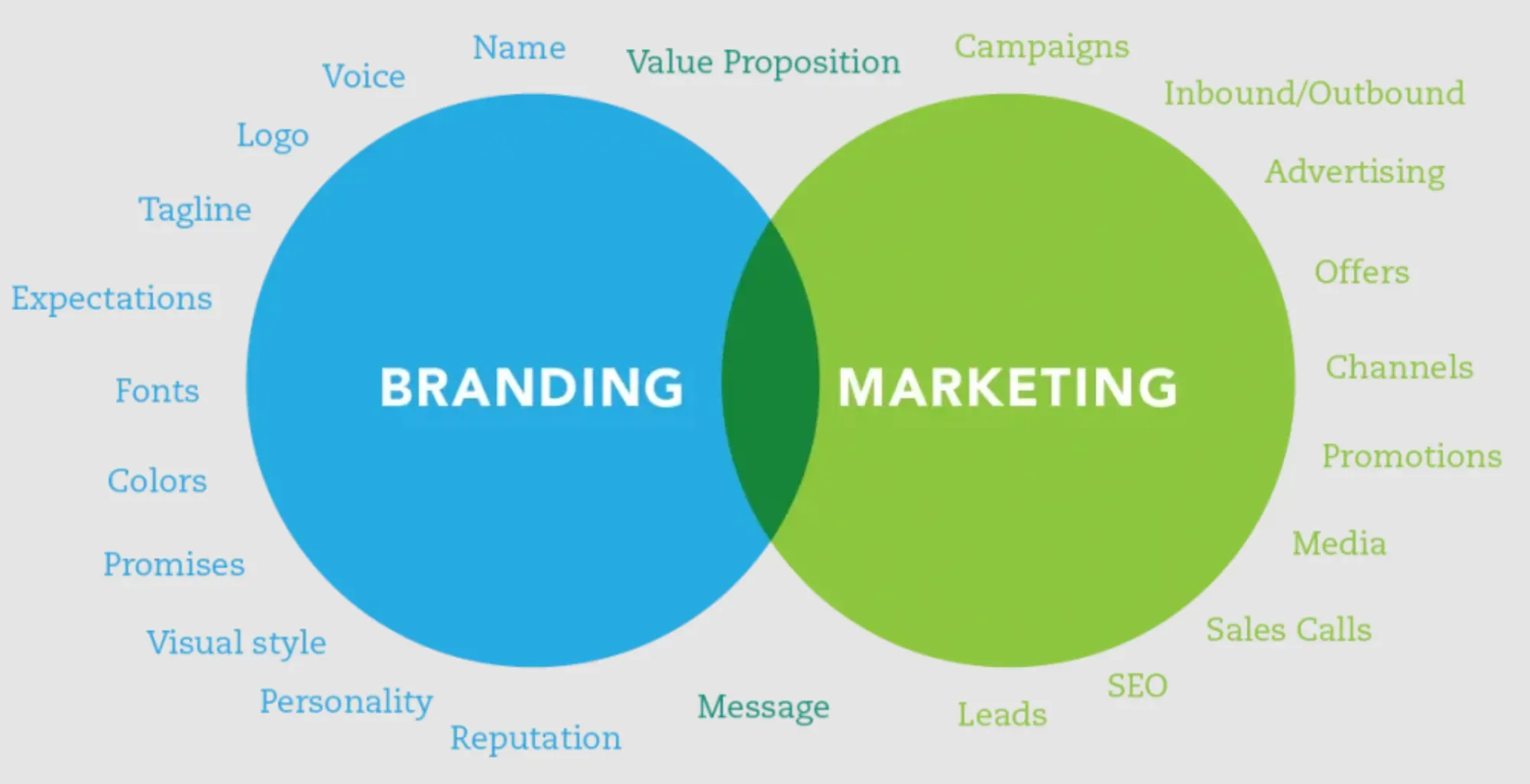
Types of Brand Marketing
Brand marketing can take many forms to promote brands, including brand storytelling, content marketing, social media engagement, and experiential marketing.
It encompasses all touchpoints with the customer, from the logo and visual identity to customer service interactions.
Brand marketers aim to create a distinctive and memorable brand image that differentiates the company from competitors.
Key Objectives and Strategies Used in Brand Marketing
The primary objectives of brand marketing include enhancing brand awareness, building brand loyalty, and establishing a strong brand reputation.
Brand marketers employ various strategies to achieve these objectives, such as brand positioning, customer segmentation, brand messaging, brand partnerships, and managing brand consistency across all channels.
They focus on conveying the brand's values, personality, and unique selling proposition to create a lasting impression on customers.
Now let us see the benefits of product marketing and brand marketing.
The Benefits of Understanding the Distinctions
Leaders in marketing and business must comprehend the distinctions between goods and companies in marketing.
They can create more impactful marketing plans, manage resources more effectively, and coordinate their efforts.
The following are some major advantages of being aware of these differences:
Targeted Marketing Approach
By recognizing the specific nuances of product and brand marketing, marketers can tailor their strategies to target the right audience.
They can create focused product marketing campaigns that highlight the unique selling points of a particular product, driving more conversions and sales.
Simultaneously, brand marketing efforts can be designed to reinforce and strengthen the overall brand image, building long-term customer loyalty and advocacy.
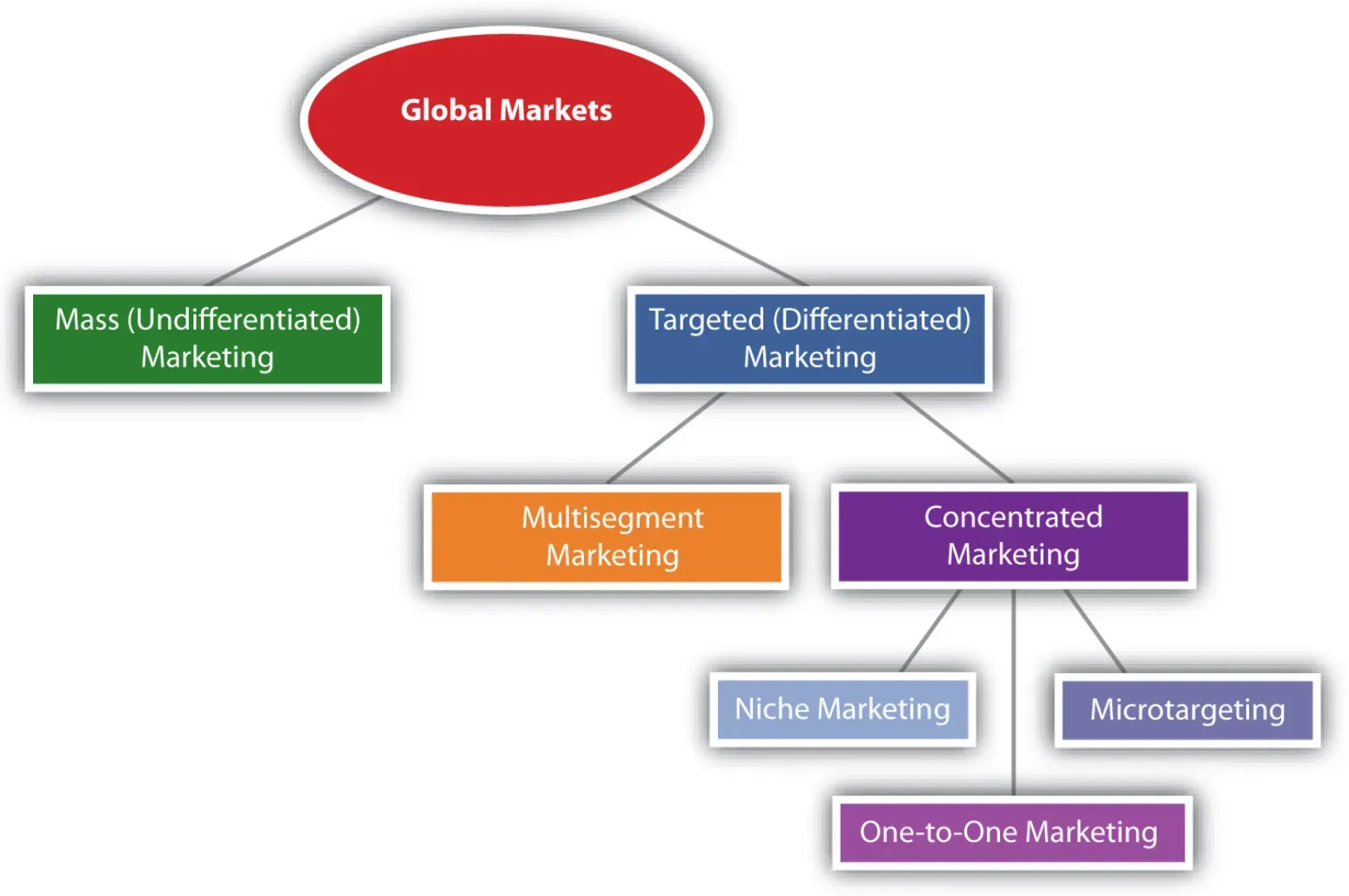
Enhanced Customer Experience
Understanding the distinctions between product and brand marketing enables businesses to provide a cohesive and consistent customer experience.
Clear product marketing messaging ensures that customers understand the value and benefits of the product, while brand marketing efforts create an emotional connection and foster trust.
Seamlessly integrating both disciplines elevates the overall customer experience and establishes a strong brand-consumer relationship.
Optimal Resource Allocation
An effective understanding of these two disciplines allows businesses to allocate resources wisely.
By differentiating product and brand marketing, companies can focus their efforts and investments where they will have the most impact.
This includes allocating budgets to specific product marketing campaigns when launching new products or prioritizing brand marketing initiatives to build a strong brand presence.
Let us see the target audience of both.
Suggested Reading:
Differences in Target Audience
Product marketing aims to connect with a specific segment of customers most likely to be interested in purchasing a particular product.
By identifying the target audience for product marketing, businesses can tailor their messages and strategies to resonate with these individuals.
Identifying the Target Audience for Product Marketing
Product marketers conduct thorough market research to understand their target audience's demographics, psychographics, and behaviors.
By analyzing data and insights, they can create customer personas representing their ideal customers.
These personas include information such as age, location, interests, and pain points, helping product marketers understand who they are targeting.
How Product Marketing Narrows Down to Specific Customer Segments
Once the target audience is identified, product marketers focus on reaching these customer segments.
They craft messages and campaigns that address these individuals' unique needs and desires.
Product marketers can create personalized marketing experiences that resonate with potential customers by narrowing their target audience.
Brand Marketing Target Audience
Brand marketing typically targets a broader, more general audience than product marketing.
The goal is to build brand awareness, recognition, and loyalty rather than focusing on a specific product.
Brand marketers strive to create an emotional connection with a wide range of individuals who will come to associate the brand with specific values and experiences.
Identifying the Target Audience for Brand Marketing
Identifying the target audience for brand marketing involves understanding the brand's values and the type of consumer who resonates with those values.
Brand marketers define their target audience by defining factors such as shared interests, aspirations, and beliefs.
This audience may encompass a broad range of demographics and psychographics.
How Brand Marketing Focuses on a Wider, General Audience
Brand marketing adopts a more comprehensive strategy to reach a larger audience than niche markets.
The goal is to develop a brand identity that appeals to a wide spectrum of people with various demands and preferences.
Brand marketers may establish a solid reputation for their company and draw in a sizable consumer base by connecting to a broader audience.
Now let us see the differences in product and Brand Marketing communication strategy.
Differences in Communication Strategy
In product marketing, communication tactics emphasize a product's characteristics, advantages, and unique selling factors.
The objective is to show how a product works better than competing options on the market to address a certain issue or satisfy a customer's expectations.
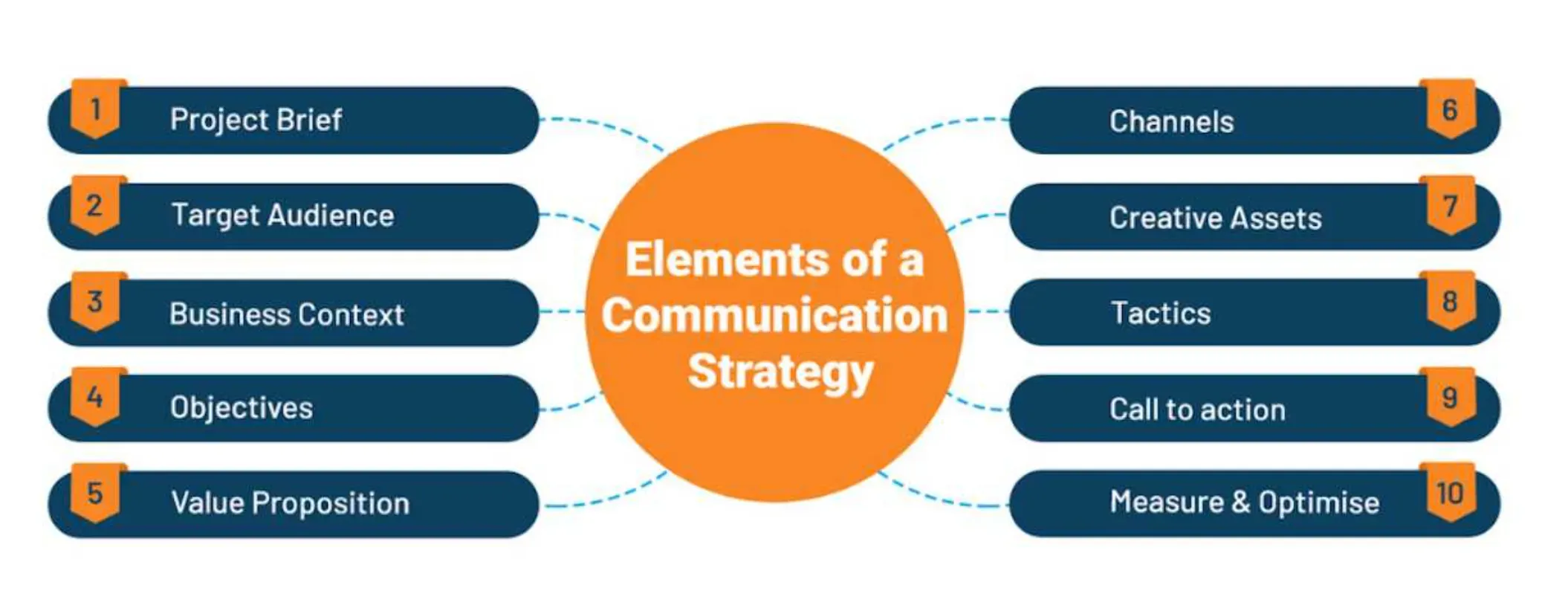
Utilizing Product Features and Benefits as a Communication Strategy
Product marketers emphasize a product's key features and benefits in their communication strategy.
They highlight how the product's functionality, quality, or performance can address specific pain points or improve the customer's life.
This approach helps potential customers understand the value proposition and differentiate the product from competitors.
Brand Marketing Communication
Brand marketing communication conveys the brand's values, personality, and positioning.
The goal is to evoke emotions and connect the brand and the audience.
Through communication strategies, brand marketers aim to build trust, loyalty, and long-lasting relationships.
Utilizing Brand Values and Messaging as a Communication Strategy
Brand marketers use storytelling, brand values, and consistent messaging to communicate with their audience.
They aim to create a brand identity that aligns with the target audience's aspirations and values.
By conveying a brand's purpose and mission, brand marketers foster an emotional attachment that goes beyond the features of any specific product.
Suggested Reading:
Choosing the Right Marketing Analytics Tools for Your Business
Differences in Sales Funnel Stages
Product marketing focuses on the pre-sale stage of the sales funnel.
By highlighting the product's unique qualities, advantages, and value propositions, the intention is to draw in and involve potential buyers.
How Product Marketing Attracts and Engages Potential Customers
Product marketers leverage targeted messaging, promotions, and advertising to attract potential customers.
By crafting messages that resonate with the target audience, product marketers can encourage them to learn more about the product.
They use content marketing, influencer marketing, and product demos to engage potential customers and drive them further down the sales funnel.
Utilizing Targeted Messaging and Promotion to Convert Leads
Once potential customers engage with the product, product marketers can utilize targeted messaging and promotions to convert leads into customers.
This includes personalized messaging that addresses the customer's unique needs and pain points.
Product marketers use remarketing, email marketing, and special offers to incentivize customers to purchase.
Brand Marketing in Post-sale
Brand marketing focuses on the post-sale stage of the sales funnel. The goal is to deepen customer loyalty and advocacy by creating an emotional connection between the brand and the customer.
Brand marketers focus on delivering a consistent brand experience that aligns with the brand's values and messaging.
Beyond only the goods, they want to establish an emotional bond between the brand and its patrons.
By delivering exceptional customer service, fostering community, and creating unique experiences, brand marketers can create loyal customers who advocate for the brand.
Now let us see the factors influencing the choice between product and brand marketing.
Factors Influencing the Choice between Product and Brand Marketing
The choice between product marketing and brand marketing depends on various factors, including the type of product or service offered and the stage of business growth.
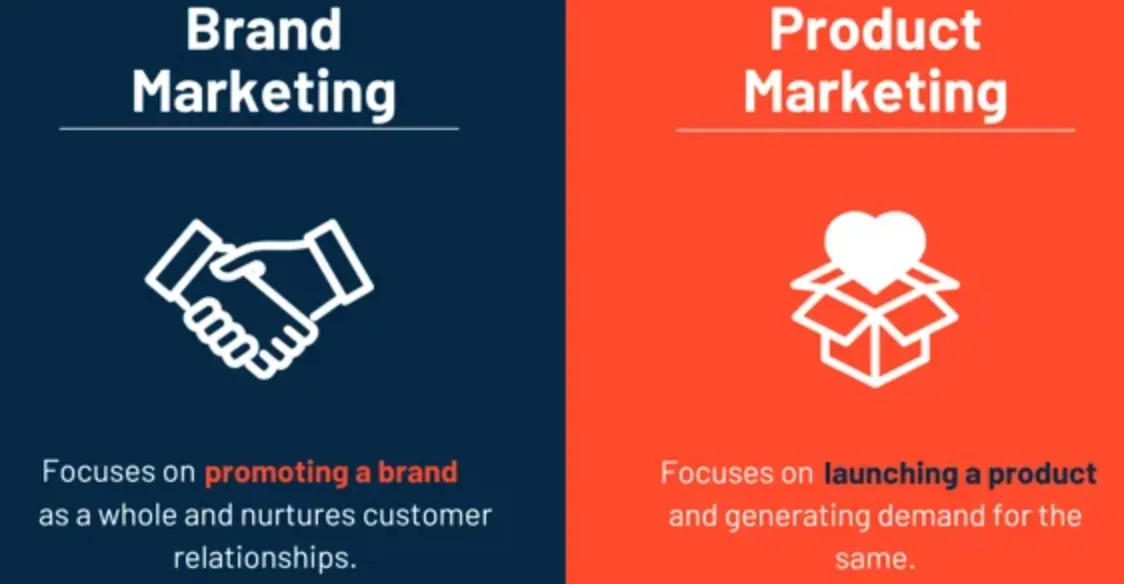
Type of Product or Service
The type of product or service offered can influence the choice between product and brand marketing.
For example, products with a short product lifecycle, such as fads or trends, are better suited for product marketing.
On the other hand, products with a longer product lifecycle, such as durable goods or luxury items, are better suited for brand marketing.
Stage of Business Growth
The stage of business growth can also influence the choice between product and brand marketing.
Startups and businesses in the early growth stage prioritize product marketing to create immediate demand for their product or service.
On the other hand, established businesses that have already developed a loyal customer base tend to prioritize brand marketing to strengthen their brand equity and foster customer loyalty.
Conclusion
Whether launching a new product or cultivating loyal patrons, effective marketing requires understanding both product and brand strategies.
While product marketing drives immediate sales, brand marketing fosters long-term relationships.
By balancing targeted promotions with reputation-building experiences, businesses can attract new customers and retain existing ones.
Most importantly, aligning product features with brand values creates a seamless journey from awareness to advocacy.
And beginning with such automation isn't that tough either. Meet BotPenguin- the home of chatbot solutions.
With the combined benefits of CRM and Chatbots, BotPenguin makes automation services like lead generation and customer support more effective by unifying marketing and sales efforts in one place:
- Marketing Automation
- WhatsApp Automation
- Customer Support
- Lead Generation
- Facebook Automation
- Appointment Booking
With insights into their distinctions and combined power, any marketer can maximize both business and brand potential.
Frequently Asked Questions (FAQs)
What is product marketing?
Product marketing is the process of promoting, positioning, and selling a product. It focuses on identifying target audiences, creating messaging, and delivering a differentiated value proposition to drive product sales.
What is brand marketing?
Brand marketing is the process of promoting and building a brand. It focuses on creating a brand image, values, and reputation to establish a strong emotional connection with target audiences and build brand loyalty.
What are the key differences between product marketing and brand marketing?
Product marketing focuses on selling products through messaging and positioning, while brand marketing focuses on creating a brand image and emotional connection with customers. Product marketing is transactional, while brand marketing is long-term.
What are some examples of product marketing campaigns?
Examples of product marketing campaigns include product launches, promotions, product demos, customer testimonials, and marketing collateral such as sales sheets or brochures.
What are some examples of brand marketing campaigns?
Examples of brand marketing campaigns include sponsorships, events, influencer partnerships, content marketing, and brand awareness advertising.
How can businesses determine whether to focus more on product marketing vs brand marketing?
Businesses should evaluate their business goals, target audience, and stage of the product life cycle to determine whether to focus more on product marketing vs brand marketing. In general, startups that are launching new products should focus on product marketing, while established companies can focus more on brand marketing.



